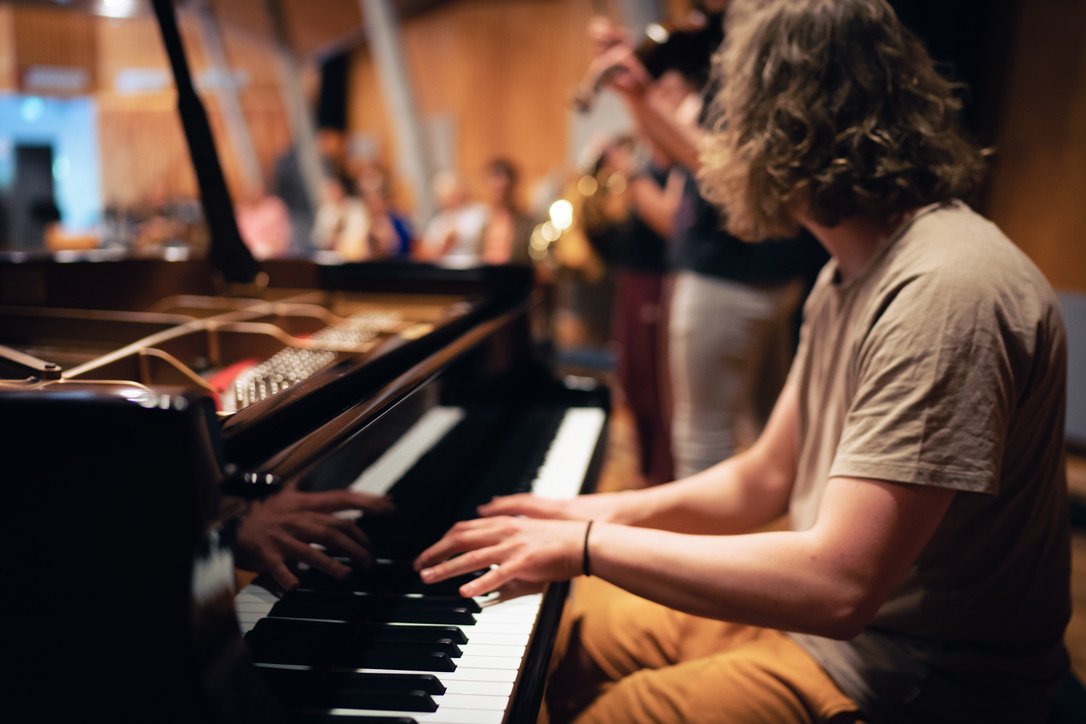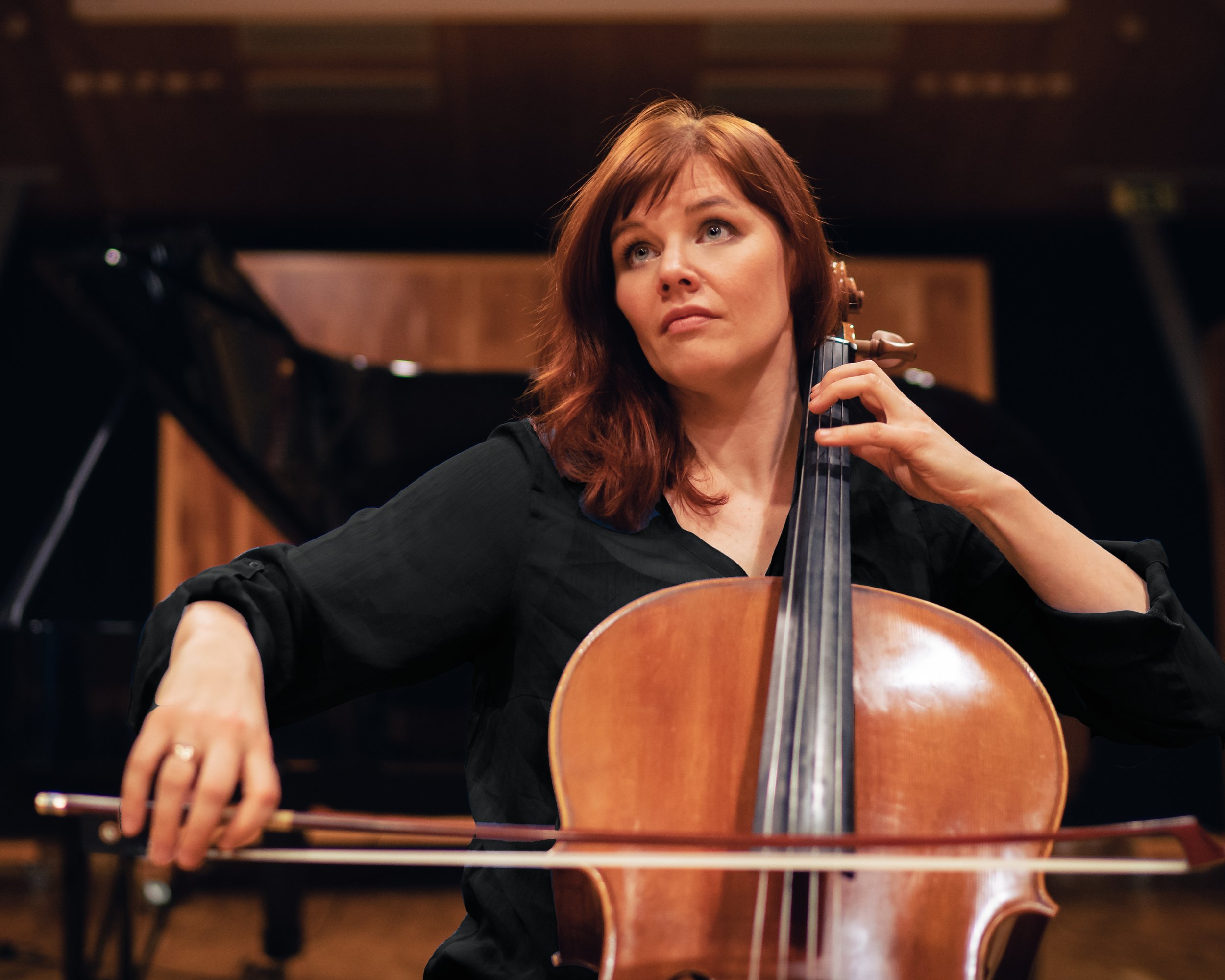articles
classical improvisation
Improvisation used to have a similar position in classical music performance as it has in jazz today. Returning to our improvisatory roots challenges the predominantly score-bound performance tradition of the past century, and invites us as solo and ensemble musicians alike to explore our spontaneity and expressive potential through playful exploration.
concert model development
Developing a classical concert model with improvisation reimagines the modern concert experience, prioritizing dynamic interaction over predetermined programming. By designing concerts that blend solo and chamber repertoire with improvisational segments (as it was historically done!), musicians invite audiences into a shared creative journey. This model not only revitalizes the concert experience but is also rooted in historical precedence of programming and interactive concert culture.
historical contexts of improvising
Understanding the historical contexts of improvisation, as well as studying the structural and stylistic elements of the canonized repertoire, are at the core when considering its contemporary application. Learning to improvise in the historical styles and compositional languages is a daunting prospect - and one, that has likely contributed to many rejecting the idea entirely. But where to start from? Must we be able to speak a stylistic language fluently before using it?
ensemble collaboration
Improvising alone is one thing… but improvising with others is a whole other kind of game! As anyone who has tried it knows, improvisatory music-making with others requires deep listening and responsive interaction, where each member's contribution is vital to the collective creation. Such collaboration challenges us to expand communicative skills beyond traditional rehearsed performances, fostering a dynamic and co-creative musical environment. The good news is: ensemble and orchestral musicians are usually highly skilled in ‘musical multitasking’ - a wonderful starting point for improvising together.
artistic practice research
As a cellist, I only wanted to learn classical improvisation and use it to expand my performing artistry. However, I soon became convinced of creating an artistic doctorate performance research project around this goal, in order to contribute findings from this learning process to benefit the wider musical performance community. I started from the beginning: What is artistic research, and how could it frame and support a musical, artistic motivation?
MUSIC EDUCATION
Traditional instrument pedagogy especially for advanced and professional students often focuses on technical proficiency and repertoire mastery, leaving less room for creative exploration and developing a personal artistic voice. In her pedagogical model, Haustein suggests an integrated approach that aims to strengthen a more holistic understanding, following the “performer-composer-improviser” model of historical musicianship.
audience engagement
Shown in various international studies over the past decade, the inclusion of improvisational elements in classical performances has appeared to significantly enhance audience’s concert experience. It seems, that by breaking the fourth wall and inviting spontaneous musical dialogues, musicians can foster an environment of emotional resonance and co-creative, inclusive experience. This approach not only demystifies the classical concert experience but also invites audiences to be part of the creative process. Improvisation, therefore, can become a powerful tool for classical musicians to create memorable, emotionally charged performances that resonate on a personal level.
collaborative creativity
Highlighting the collective potential of classical musicians, ensembles and orchestras to generate innovative musical expressions, collaborative creativity is a special element in group improvisation. This process relies on emerging trust, openness, and the willingness to explore unknown territories together. As shown in this study, the ripple effect of collaborative creativity can become extended to the audience, and create an inclusive space tfor the social and musical experience.
the role of emotional engagement in music
Emotional engagement lies at the heart of a meaningful musical experience, both for the performer and the audience. Improvisation, with its inherent spontaneity and expressiveness, has the potential to expand this emotional connection. By navigating the associated uncertainties and vulnerabilities , musicians can draw listeners into a different type of shared emotional space. Utilizing this potential is crucial for the vitality of classical music, ensuring its relevance and resonance with contemporary audiences.









